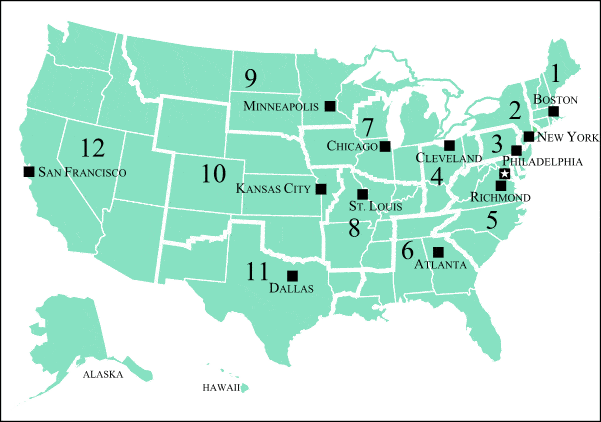Manufacturing activity appears to have improved further in the 2nd quarter according to the Federal Reserve’s latest report on the domestic economy, as businesses have increased production despite the threat of tariffs on the horizon. In addition, Fed contacts across the country reported tight labor conditions, with several sectors noting difficulty in finding employees for available positions.
Responses in the Federal Reserve’s Beige Book signaled that overall growth in the economy remained moderate across all regions, which is generally unchanged from the last such report in mid- April. The Dallas Federal Reserve district was the lone exception, with overall activity improving to solid growth. More than half of the districts reported a pickup in industrial activity, with the improved production of goods helping to drive demand for transportation services. By contrast, Fed contacts generally noted a slowdown in consumer spending, weighed down by flat auto sales.
About the Beige Book
The Federal Reserve’s Beige Book is summary of economic conditions across each of the 12 Federal Reserve Districts. Eight times a year, each Federal Reserve Bank collects anecdotal evidence on the state of the economy within its District. Responses are collected from Bank and District directors, as well as local industry contacts, economists, and other key market contacts. The Fed then collects and summarizes this information by district and sector. This most recent Beige Book covers activity from early-April through mid-May.

Manufacturers note tariff concerns, increase production anyway
For the second consecutive report, manufacturers in several districts reported concerns over trade policy. The Trump administration announced plans for more protectionist trade moves at the end of February, and uncertainty over the future of trade policy has loomed over domestic manufacturers and retailers who rely on imports from other countries.
Respondents from the Dallas manufacturing sector noted stronger demand for their products during the period, but some of the refiners and petrochemical producers “expressed negative views about the potential impact of tariffs and quotas on exports as well as new construction projects.” One manufacturer of testing equipment in Boston reported that “they might move production to Europe to avoid Chinese retaliation against the United States”
Nearly every district reported an increase in import prices as a result of the tariffs, with noticeable increases in steel and aluminum prices. This, in turn, has affected downstream industries to varying degrees, with some respondents noting an increased ability to pass these costs off to their end consumers.
Despite the challenges posed by tariffs and trade policy, manufacturing activity still improved during the period. Most districts reported stronger growth than earlier in the year, with a third of Fed districts saying that manufacturing activity had been upgraded to “strong” from “moderate” in the previous period.
Freight movements and labor shortages
The improvement in the industrial sector helped keep truck freight demand strong across most districts, though most areas continue to struggle with attracting and retaining drivers. In the Richmond district, a Virginia trucking company said they were “investing in better equipment in an effort to recruit drivers.” A North Carolina carrier mentioned they were “quadrupling rates for high-risk customers in order to ease demand, but found that some customers were willing to pay the new rates.” Shippers reported having to turn to rail to move shipments, although rail companies were also beginning to struggle to keep up with demand.
The impact of driver shortages also had significant spillover effects into other sectors of the economy. Respondents from the Boston district’s retail sector made a point to note that higher fuel prices and the capacity crunch were contributing to higher shipping costs and squeezing margins for their products.
However, the shortage of skilled labor appears to be broadening considerably in the economy, beyond the transportation sector. Labor conditions were tight across almost all districts, with reports of shortages of several skilled professionals, including carpenters, electricians, sales personnel, and IT professionals. Businesses in several districts reported having to increase wages in response to these shortages, but overall wage inflation remained relatively modest across the economy.
The lack of availability of skilled labor is likely to remain an issue in the economy going forward, as unemployment remains near historical lows. Despite robust demand, businesses are likely to be constrained by the fact that they cannot find the workers, and the challenges that the trucking industry has dealt with for the past year are likely to confront the rest of the economy.
Ibrahiim Bayaan is FreightWaves’ Chief Economist. He writes regularly on all aspects of the economy and provides context with original research and analytics on freight market trends. Never miss his commentary by subscribing.










